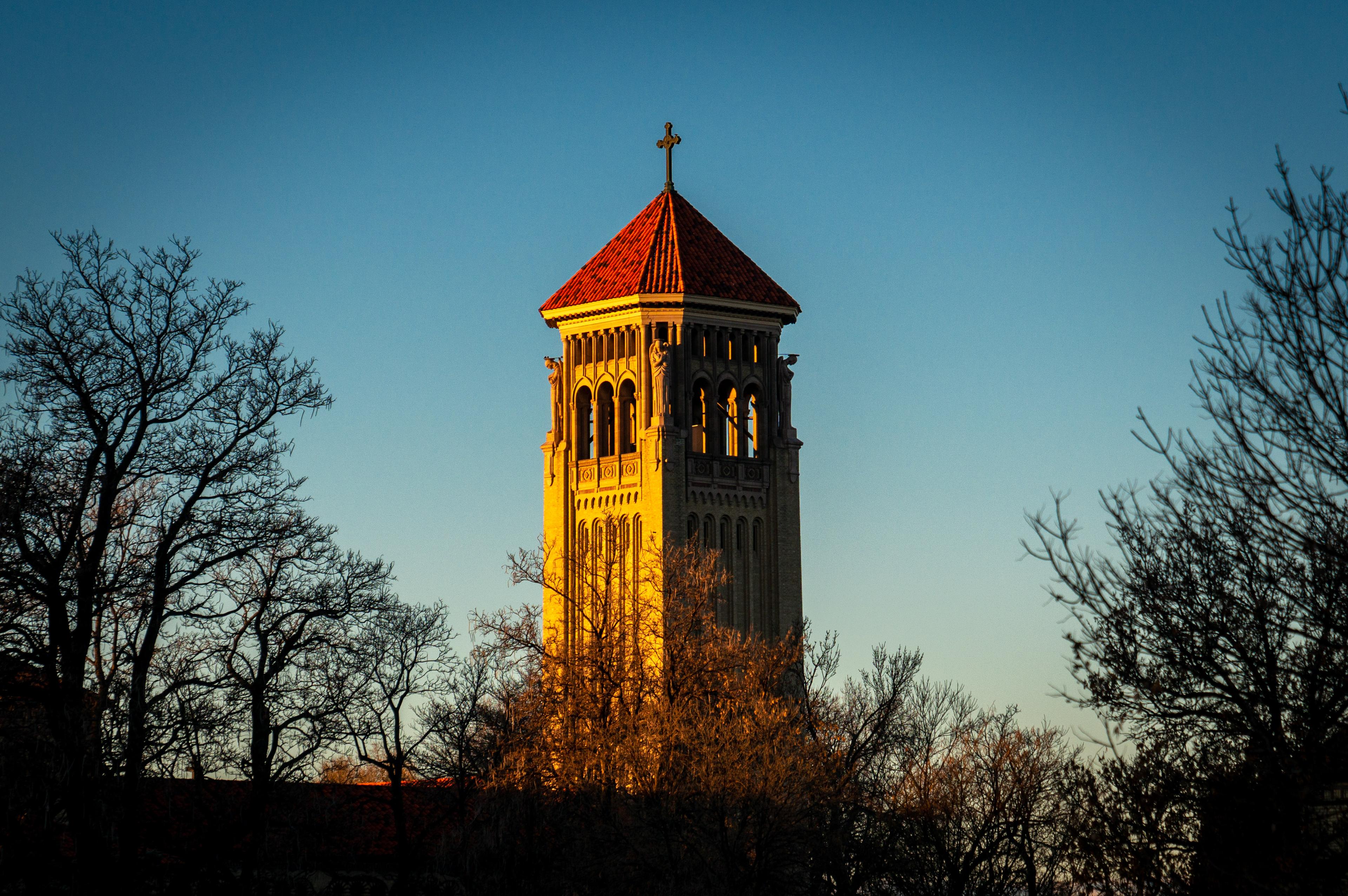
In the last 70 years, hundreds of allegations of abuse that veteran prosecutors classify as credible have been lodged against Colorado priests.
Just one is serving time for a crime.
Several others are still alive, and living in retirement, but special investigator Bob Troyer said making a criminal case against any of them would be a challenge for local authorities.
That’s because, in his view, whether by design or coincidence, Colorado’s Catholic dioceses prevented prosecutions by failing to report abuse in a timely manner, counseling victims to keep them quiet and moving priests out of the communities where they committed abuse.
“The pattern I’m talking about (with the church) we will take reports, keep them close, transfer the priest, tell the family ‘you did the right thing,’ all is good now,” said Troyer, a former U.S. Attorney who led the investigation into 70 years of priest abuse in Colorado.
“That’s the frustrating thing. It worked.”
Church officials weren’t legally required to report alleged sex abuse claims to law enforcement in Colorado until 2002.
But that law was ignored by most church leaders for almost a decade.
Of the 39 alleged cases of abuse reported to diocesan authorities in Denver after 2002, 25 weren’t reported to law enforcement. The church’s explanation: It was unclear that it had to report these abuse claims because many of the victims were then adults.
“Since 2010, the Denver Archdiocese has never failed to report during that period when mandated by Colorado law,” Denver Archdiocese Spokesman Mark Haas said. “Archbishop Samuel Aquila has been strong in his public commitment to make sure all allegations are immediately reported to local authorities for investigation and potential prosecution.”
But in the 2000s, priests went unpunished for alleged crimes and were allowed to retire, move out of state — even leave the country.
"I'm at a loss, frankly,” Troyer said. “I've received some explanations from the church that don't add up to me. They talk about exemptions, we don't have to report when the victim is an adult, but that was not the law, that was not what the statute said, that was not common practice."
Rev. Harold Robert White was among the most egregious serial abusers in Colorado’s history. Colorado Attorney General Phil Weiser’s report names more than 60 victims abused by White, mostly in the 1960s and 1970s.
White died in 2006. But between 2002 and 2006, at least 18 claims of abuse were filed at the Denver Archdiocese about his abusive behavior, including alleged rape, with boys going back to the 1960s.
The police were brought in to investigate four of those complaints. The church quietly settled most of the others.
Though White was laicized, he avoided prosecution and was able to travel to Mexico where he died.
“We offer absolutely no excuse or defense for the way White was protected and moved around in the 1960s - 1980s,” Haas said. “Absolutely unacceptable.”
Because of statute of limitations laws, he may still not have faced any criminal charges. Statute of limitations for child sex abuse victims changed in 1996 — abuse that occurred since then can be prosecuted at any time. Before then, abuse victims usually had 10 years to report the crime.
Troyer calls what the church did by dragging their feet on reporting to law enforcement a “run the clock out” strategy.
“It worked,” he said.
Another priest, Neil Hewitt, abused a minimum of eight children in four different parishes. One victim committed suicide in 1991. His suicide letter described the abuse.
The church received complaints of Hewitt’s abuse starting in 1992 — but didn’t report any of it to law enforcement.
In August, Hewitt admitted that he abused seven of eight victims to state investigators. Though the priest was laicized in 2018, he never faced any criminal charges for his abuse. He is in his 80s and retired in Arizona, where he lives with his wife.
The case of Timothy Evans shows the difference the church could have made if its leadership had chosen to consistently report abuse allegations to police.
In 2003, a victim reported that Evans had abused him about eight years earlier. In that case, for reasons that remain unclear, Archdiocesan officials eventually chose to file a report with police. With a credible, contemporary report from the first victim, law enforcement was able to discover other victims and build multiple charges of sexual assault of a child by a person in a position of trust against Evans.
He was convicted — the only Colorado priest tried and convicted of sexual assault since the sex abuse scandal broke in 2002 — and is now serving 14 years to life in prison.
Earlier this year, lawmakers attempted to crack down on so-called mandatory reporters — teachers, priests, doctors — who took too long to report child abuse crimes they knew about.
One proposed bill would have extended the statute of limitations to up to 10 years, giving police and prosecutors more time to hold a mandatory reporter accountable for concealing information from law enforcement.
The church and the teachers union fought that bill and it died in the legislature.
Due to an editing error, a previous version of this story contained an incorrect date for the initial report of Timothy Evans' crimes. The date has been corrected.









